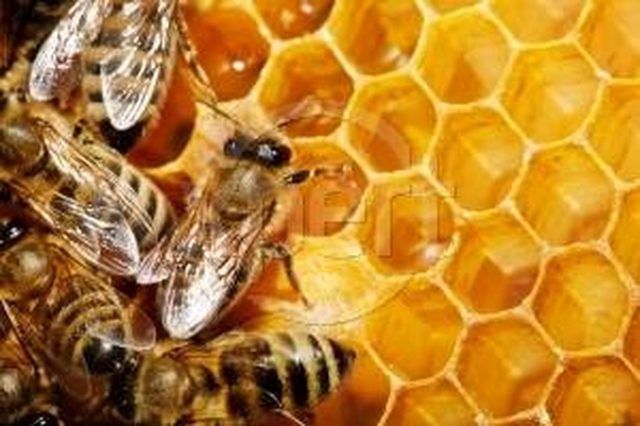Bulbs
Flower Basics
Flower Beds & Specialty Gardens
Flower Garden
Garden Furniture
Garden Gnomes
Garden Seeds
Garden Sheds
Garden Statues
Garden Tools & Supplies
Gardening Basics
Green & Organic
Groundcovers & Vines
Growing Annuals
Growing Basil
Growing Beans
Growing Berries
Growing Blueberries
Growing Cactus
Growing Corn
Growing Cotton
Growing Edibles
Growing Flowers
Growing Garlic
Growing Grapes
Growing Grass
Growing Herbs
Growing Jasmine
Growing Mint
Growing Mushrooms
Orchids
Growing Peanuts
Growing Perennials
Growing Plants
Growing Rosemary
Growing Roses
Growing Strawberries
Growing Sunflowers
Growing Thyme
Growing Tomatoes
Growing Tulips
Growing Vegetables
Herb Basics
Herb Garden
Indoor Growing
Landscaping Basics
Landscaping Patios
Landscaping Plants
Landscaping Shrubs
Landscaping Trees
Landscaping Walks & Pathways
Lawn Basics
Lawn Maintenance
Lawn Mowers
Lawn Ornaments
Lawn Planting
Lawn Tools
Outdoor Growing
Overall Landscape Planning
Pests, Weeds & Problems
Plant Basics
Rock Garden
Rose Garden
Shrubs
Soil
Specialty Gardens
Trees
Vegetable Garden
Yard Maintenance
What Is Pollen & How Does It Work?
What Is Pollen & How Does It Work?. Pollen, which can be equated to sperm in human males, is a fine powdery substance used to carry the male gamete (DNA) to the female portion of a flower. It has an outer wall called the exine which is made up of tough material known as sporopollenin. The inner layer is composed of cellulose, similar to that of a...

What is Pollen
Pollen, which can be equated to sperm in human males, is a fine powdery substance used to carry the male gamete (DNA) to the female portion of a flower. It has an outer wall called the exine which is made up of tough material known as sporopollenin. The inner layer is composed of cellulose, similar to that of a plant cell wall. Microscopic in size, pollen grams are only about 15 to 100 microns, with a pinch of the powder containing thousands upon thousands of grains.
Purpose of Pollen
As the method of how plants reproduce, pollen is necessary in the fertilization process of flowers, with every flower producing a dusting of it. Besides fertilization, pollen is important in developing seeds after pollination takes place. Pollen is also used in producing nutritional supplements and products.
The Process of Polllination
The male portion of a flower is called the stamen, which makes the sticky dust known as pollen. The pistil is the female part with the top of the pistil known as the stigma which is typically sticky. Seeds are produced in the ovule, which is at the base of the pistil. For pollination to occur, pollen needs to be moved from a stamen to a stigma. Cross-pollination is when pollen is transferred from a plant's stamen to a different plant's stigma of the same species. On the other hand, self-pollination is when a plant's stamen is moved the same plant's stigma, producing weaker plants than through cross-pollination.
Pollination Methods
Pollen can be transferred in several ways. People can carry pollen from one flower to another, although this is not the typical method. Plants usually depend on the wind (anemophily) or animals to pollinate them. Wind pollination is mostly seen in grasses, conifers and deciduous trees. Pollination by water is known as hydrophilic and occurs in aquatic plants in which pollen is directly released into surrounding water.
Biotic Pollination
Plant pollination done by living organisms is called biotic pollination. Insects and animals commonly involved in pollination include butterflies, bees, flies and hummingbirds. Interestingly, these living organisms aren't aware of their role in the pollination process, but are just trying to get food such as nectar at the base of flower petals. While feeding, they unintentionally rub against the stamens, getting pollen glued to them. It's only by moving to other flowers for food that a portion of the pollen wipes off onto a new plant's stigma.